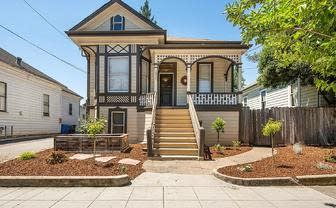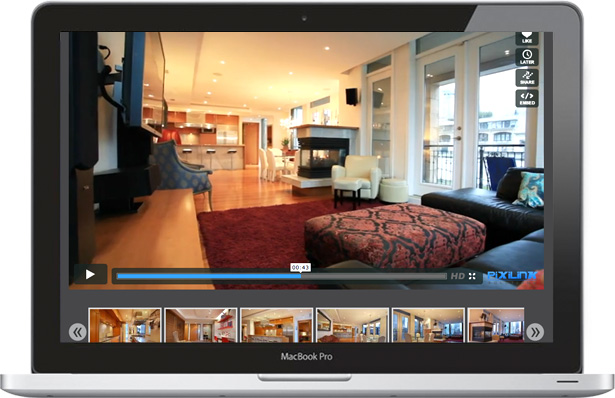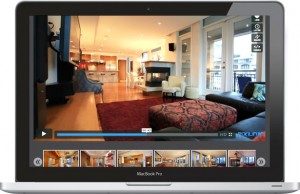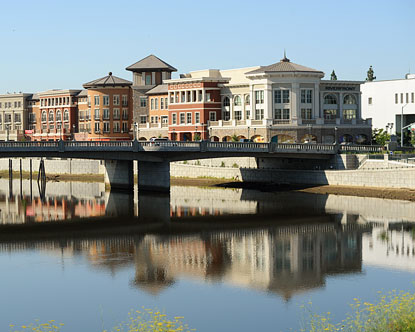Referred to as the “Great Reshuffling,” the North Bay residential real estate market is undergoing a transformation with many remote workers moving in and longtime residents burned out from fire threats considering moving out.
As a result of this shifting of residents, Wine Country market trends show the area experiencing a sellers market with really low inventory, high median values and surging sales for homes in the millions of dollars for the quarter ending Sept. 30.
A market in which sellers wait to place their homes on the market is trouble for buyers.
Active listings in Sonoma County plunged for the third quarter ending in September to about 700. That’s about half of what it was a year ago at this time of year.
In Napa County, active listings dropped from 525 to 325 in the same period, Compass Realty reported.
“I think this is driving up prices. Every sector seems to be impacted,” said Carol Lexa, North Bay Association of Realtors president who runs Compass Realty in Healdsburg. “If interest rates stay low and inventory stays tight, we’ll maintain a strong market.”
Napa County’s luxury home sales for the third quarter just ending Sept. 30 didn’t increase as much, but it still held its own with a strong 48 exchanging hands in a smaller jurisdiction. Most quarters in the last three years have averaged about 26 sales.
Napa County’s median sales price has accelerated every year in the third quarter since 2016, with the exception of last year. This year made up for the unusual dip — going up by $100,000 to $825,000.
Since 2016, Sonoma County has shown consistent growth for the fall quarter.
The median now stands at $715,000, according to the broker metrics of homes placed on the Multiple Listing Service.
“We may see the upcoming spring as a boom in listings,” Lexa predicted. “We still have people looking.”
As agents have found from the previous quarters, the North Bay housing market has remained strong because prospective buyers in San Francisco, the Peninsula and down into the South Bay around San Jose are able to live anywhere since being told by their employers they can work remotely.
What’s not to love about the North Bay?
It was Monique Orsot’s dream to live in the city of Sonoma. So at age 41, the senior program manager in Salesforce’s real estate division took the plunge out of her rent-controlled studio apartment in San Francisco where her company is based to live out her dream in the Wine Country. She’s able to work remotely for Salesforce.
“I’m very lucky. The timing was right. I had cash on hand and never thought I’d be able to afford anything here,” she said.
She took the time to look around and found what she was seeking in a townhouse blocks from the Sonoma Square.
“It was cheaper than most rents in San Francisco and is a great investment,” she said.
As for worrying about fires, Orsot has taken solace in being close to town.
“They’re not going to have the square burn down,” she said.
Making room for new buyers?
But others who have lived in the North Bay for years may not stick around.
They are pondering now whether to sell and move out of the area because of all of life’s misfortunes, no matter how desirable the region is.
A new phrase has been coined — “fire fatigue.”
Fire threats, evacuations, power outages and poor air quality can weigh heavy at times for people trying to already negotiate a global pandemic and consequential economic upheaval.
Many said it was going to be easy, and they were right.
“Somehow 20-year residents have had it with the fires. They’re burned out and know their houses are worth something. Others are moving in, since they can live anywhere. We’re seeing the cross over between them,” said Adam Goldberg, a real estate agent with KB Properties in Sebastopol.
His client, Allyn Scura, may consider the option of leaving after 13 years, but the idea of abandoning her 5-acre Sebastopol place off Barnett Valley Road that she built from the ground up presents “a huge dilemma,” she fretted.
“Sebastopol has never burned (like other communities), but I don’t want to be naïve. If I know why, I can manage poor air quality and do the fire mitigation on my property and structure my life around it,” she said. “I designed and built this property and put my blood, sweat and tears into it. We love it here. But the idea of going through this (fire threat) every year is a real dilemma.”








